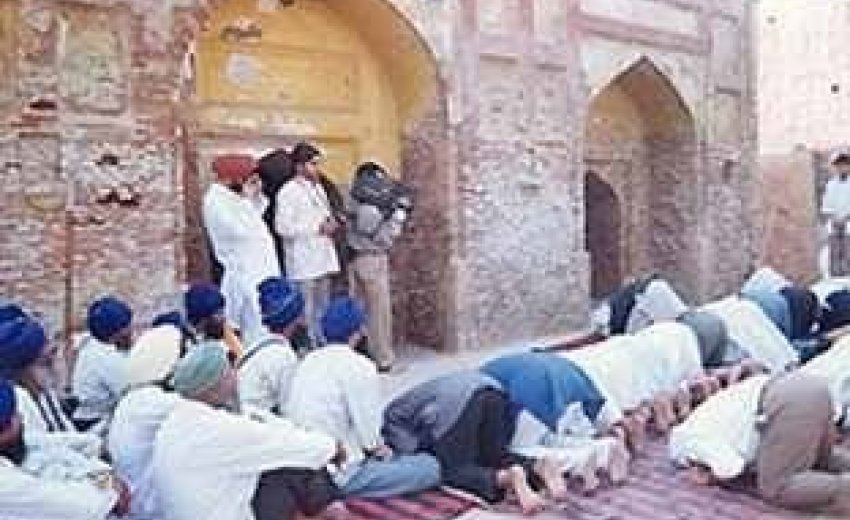
The recent riots have demonstrated that, contrary to Thatcher’s sentiments, society does exist.
Last week, Sikh men in Southall stood defending a mosque whilst Muslims prayed. We see a clear example of multiculturalism and community cohesion at work; two different communities working together as part of the same community to achieve a common goal.
London is a clear example of this. Over 250 languages are spoken here – making it the most multi-lingual city on Earth. This is a clear triumph of multiculturalism.
The ability of a 21st century Brit to eat a Turkish kebab, watch Indian TV, take part in a Sikh festival and go to Church every Sunday is a blessing of our multiculturalism. A person is not restricted in what culture he or she can consume and express.
Ken Livingstone, writing for The Independent, said: “Multiculturalism has made London a diverse city with the greatest range of individual choice on earth.”
Yet we see a different story in the media. It is argued that racialized media does not work for community cohesion and multicultural harmony.
Media outlets such as BBC Asian Network and The Voice segregate media consumption along racial lines by target specific racial audiences. Media outlets such as BBC Asian Network also work to ‘tick boxes’ for ethnic quotas.
The BBC almost took down BBC Asian Network in July – partly because they could not identify their target audience. This makes a lot of sense. Painting the radio station with the ‘Asian’ brush suggests a target audience with a diverse range of languages and cultures – there is no ‘Asian’ audience.
In addition, painting the Asian community as the BBC Asian Network also inhibits the usual gender and age targeting which most successful radio stations do effectively.
Vijay Rana, former BBC radio editor, said: “They were never sure who they were broadcasting to. South Asian radio audience in this country is largely 45+ and a large part of them are women”.
Ethnic media outlets allow the establishment to ‘tick boxes’ and keep themselves on the right side of quota requirements. This is the problem with the ‘tick box’ culture –a culture which plagues society as a whole. It is a culture which works to segment ethnic groups.
But there is a flipside to this argument. Ethnic and mainstream media can work to improve community cohesion and multicultural harmony by competing for each other’s audiences –forcing them to target their material at more than one community. By doing so, they would be forced to find common grounds between communities.
I caught up with Sunny Hundal, editor of Liberal Conspiracy and founder of Asians in Media. He said: ‘‘I think it is good for mainstream audiences to poach ethnic audiences and for ethnic stations to poach mainstream audiences.’
The varying ethnic communities in the UK need to find common ground – an area the media can improve by poaching audiences. However, the industry must remain vigilant and not compartmentalize its audiences on racial lines.
Doing so would be detrimental to multiculturalism.

